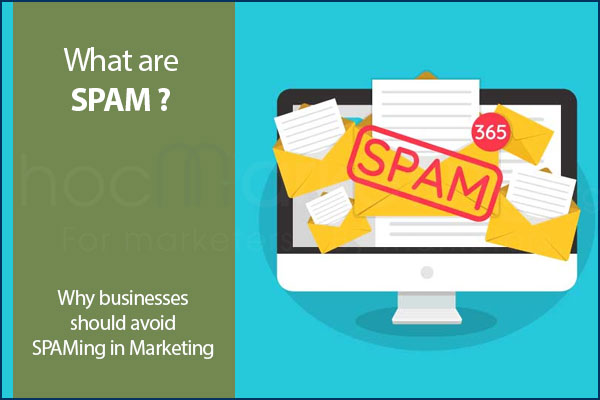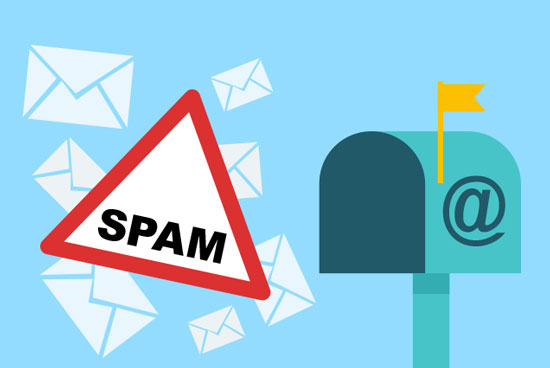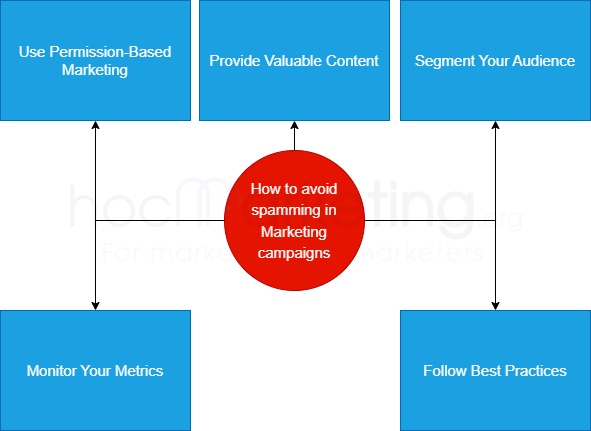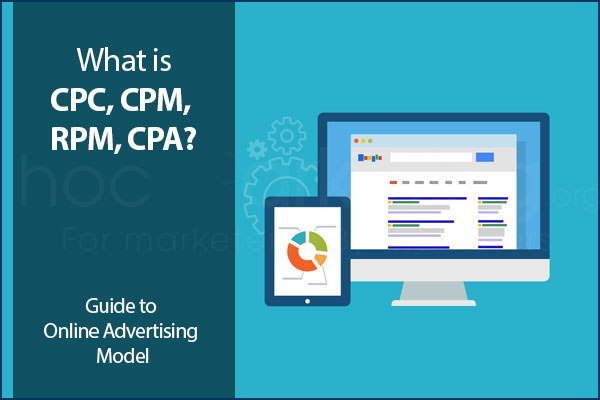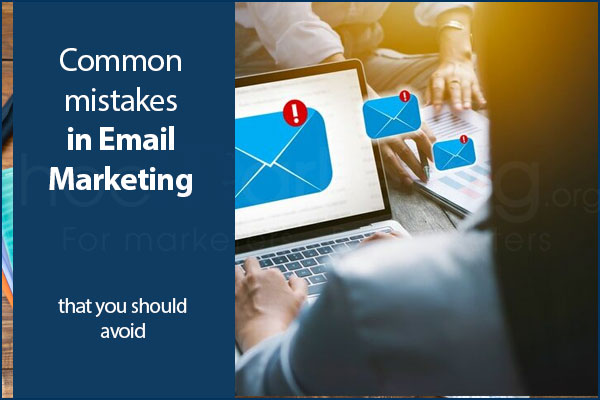
What is SPAM? Why businesses should avoid SPAMing in Marketing

For those who may not be familiar with the term, SPAM refers to unsolicited and irrelevant messages sent to a large number of recipients, typically through email or social media platforms. While SPAMming may seem like an easy way to reach a large audience, it can actually be detrimental to businesses in many ways.
Welcome to this blog post where we will be discussing the topic of SPAM and its impact on marketing campaigns. For those who may not be familiar with the term, SPAM refers to unsolicited and irrelevant messages sent to a large number of recipients, typically through email or social media platforms. While SPAMming may seem like an easy way to reach a large audience, it can actually be detrimental to businesses in many ways. In this post, we will explore the concept of SPAMming in marketing, its disadvantages, and how businesses can avoid this practice in their campaigns. So, let's dive in and learn more about why businesses should steer clear of SPAMming in their marketing efforts.
What is SPAM?
SPAM is unsolicited and unwanted messages sent through electronic communication channels, such as emails, text messages, and social media platforms. It can also refer to irrelevant or inappropriate content that is posted repeatedly on blogs, discussion forums, and other online platforms.
SPAM can take various forms, including phishing scams, virus-laden attachments, and unwanted promotional messages. These messages are often sent in bulk, targeting a large number of people with the hope of generating responses or sales.
In most cases, SPAM is illegal and violates the privacy and trust of the recipients. It can also harm businesses by damaging their reputation and credibility. Therefore, it is critical for businesses to understand what SPAM is and how to avoid it in their marketing campaigns.
What is SPAM in Marketing?
In the realm of marketing, SPAM refers to the unsolicited email messages that are sent to a large number of recipients without their consent. These messages are usually commercial in nature and are intended to promote a product, service or brand.
SPAM in marketing is considered to be a bad practice as it can damage the reputation of a business and undermine the trust of its potential customers. It can also lead to legal repercussions, such as fines or lawsuits, if the messages violate anti-spam laws.
It is important for businesses to understand that SPAMming is not an effective marketing strategy. Rather, it is a quick-fix solution that can hurt the business in the long run. Instead, businesses should focus on building relationships with their customers, providing them with value, and earning their trust.
To avoid SPAMming in marketing campaigns, businesses should follow best practices such as obtaining consent from customers, providing an easy opt-out mechanism, and using a reputable email service provider. By doing so, businesses can ensure that their marketing messages are well-received and that their customers are satisfied.
Disadvantages of abusing spamming in Marketing
Spamming in marketing can have severe consequences for businesses. Here are some of the significant disadvantages of abusing spamming in marketing campaigns:
1. Damage to Brand Reputation
Sending unsolicited emails or messages can damage a business's reputation. If your target audience perceives your marketing as spam, it can negatively impact your brand image. Moreover, spamming can tarnish the relationship between customers and the business, resulting in a loss of trust.
2. Legal Consequences
Spamming in marketing campaigns can also have legal ramifications. In many countries, sending unsolicited emails or messages is considered illegal. If a business is caught spamming, it can face hefty fines and penalties. Additionally, the business's reputation can be permanently damaged due to negative publicity.
3. Decreased Effectiveness of Marketing Efforts
Spamming can also lead to a decrease in the effectiveness of marketing efforts. When customers receive too many irrelevant messages, they may lose interest in the business's offerings. In the long run, this can result in a decrease in sales and revenue.
4. Wasted Marketing Budget
Spamming can also result in a waste of marketing budget. If a business invests money in sending unsolicited messages, it may not yield any positive results. Moreover, the cost of sending a large number of messages can add up quickly, resulting in a significant loss of funds.
In conclusion, businesses should avoid spamming in marketing campaigns to prevent damage to their brand reputation, legal consequences, decreased effectiveness of marketing efforts, and wasted marketing budget. Instead, businesses should focus on generating high-quality leads and providing value to their target audience.
How to avoid spamming in Marketing campaigns
Now that we have covered what SPAM is, and the negative consequences of abusing it in marketing, it's time to discuss how to avoid spamming in marketing campaigns altogether. Here are some effective ways to achieve this:
1. Use Permission-Based Marketing
The most effective way to avoid spamming is to use permission-based marketing, also known as opt-in marketing. This means that you only send marketing messages to people who have given you explicit permission to do so. This can be achieved through email subscription forms, preference centers, or simply asking customers if they would like to receive marketing messages from you.
2. Provide Valuable Content
Another way to avoid spamming is to provide valuable content that your audience will find useful and engaging. This can include blog posts, social media updates, videos, and more. By providing valuable content, you increase the likelihood that your audience will want to receive your marketing messages in the future.
3. Segment Your Audience
Segmenting your audience is a powerful way to ensure that your marketing messages are relevant and targeted. By dividing your audience into smaller groups based on demographics, interests, or behavior, you can send more personalized messages that are more likely to resonate with each group.
4. Monitor Your Metrics
To avoid spamming, it's important to monitor your metrics and adjust your campaigns accordingly. This includes tracking your open rates, click-through rates, and unsubscribe rates. If you notice that your unsubscribe rates are increasing, it may be time to reassess your approach and make changes to your campaigns.
5. Follow Best Practices
Finally, it's important to follow best practices for email marketing and other forms of digital marketing. This includes using a recognizable sender name, avoiding misleading subject lines, providing an easy way to unsubscribe, and honoring unsubscribe requests promptly.
By following these tips, you can avoid spamming in your marketing campaigns and build a more engaged and loyal audience. Remember, the key is to provide value and relevance, and to always respect your audience's preferences and privacy.
Summary
In conclusion, businesses should avoid spamming in marketing campaigns to maintain their reputation, avoid legal consequences, and build trust with their customers. SPAM is defined as unsolicited and unwanted messages, and it can harm a business's image and credibility if used incorrectly. SPAMming in marketing can lead to poor engagement rates, low conversion rates, and high unsubscribe rates. To avoid spamming, businesses should focus on creating valuable content, segmenting their audience, and obtaining consent from their subscribers. By following these guidelines, businesses can create effective marketing campaigns that engage their customers and build long-term relationships. Remember, spamming is not only unethical, but it can also damage your business's reputation and bottom line.
